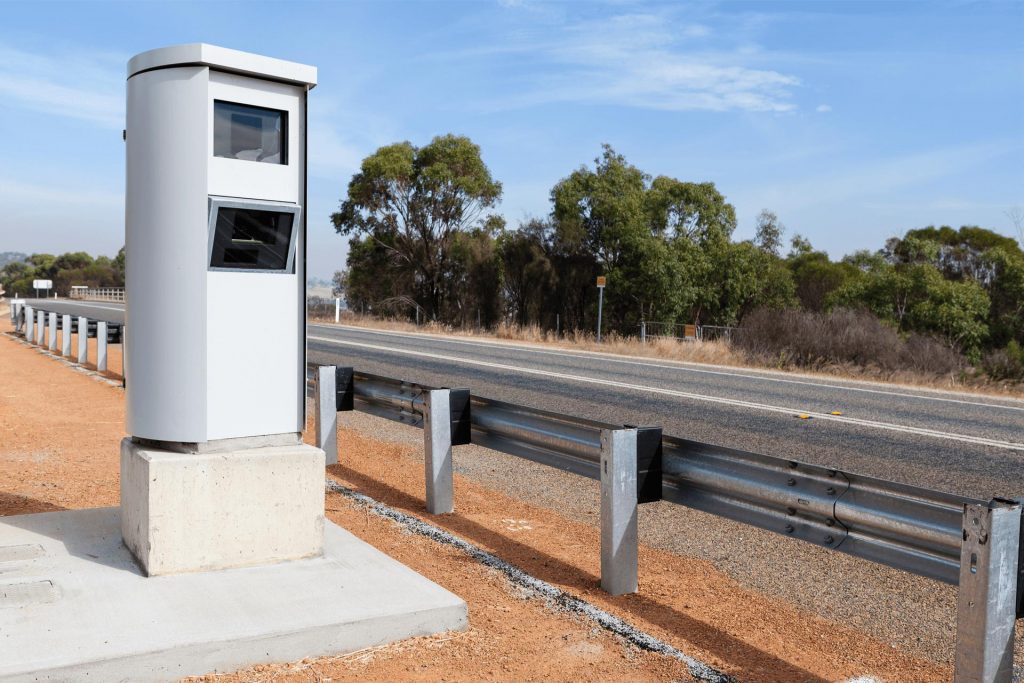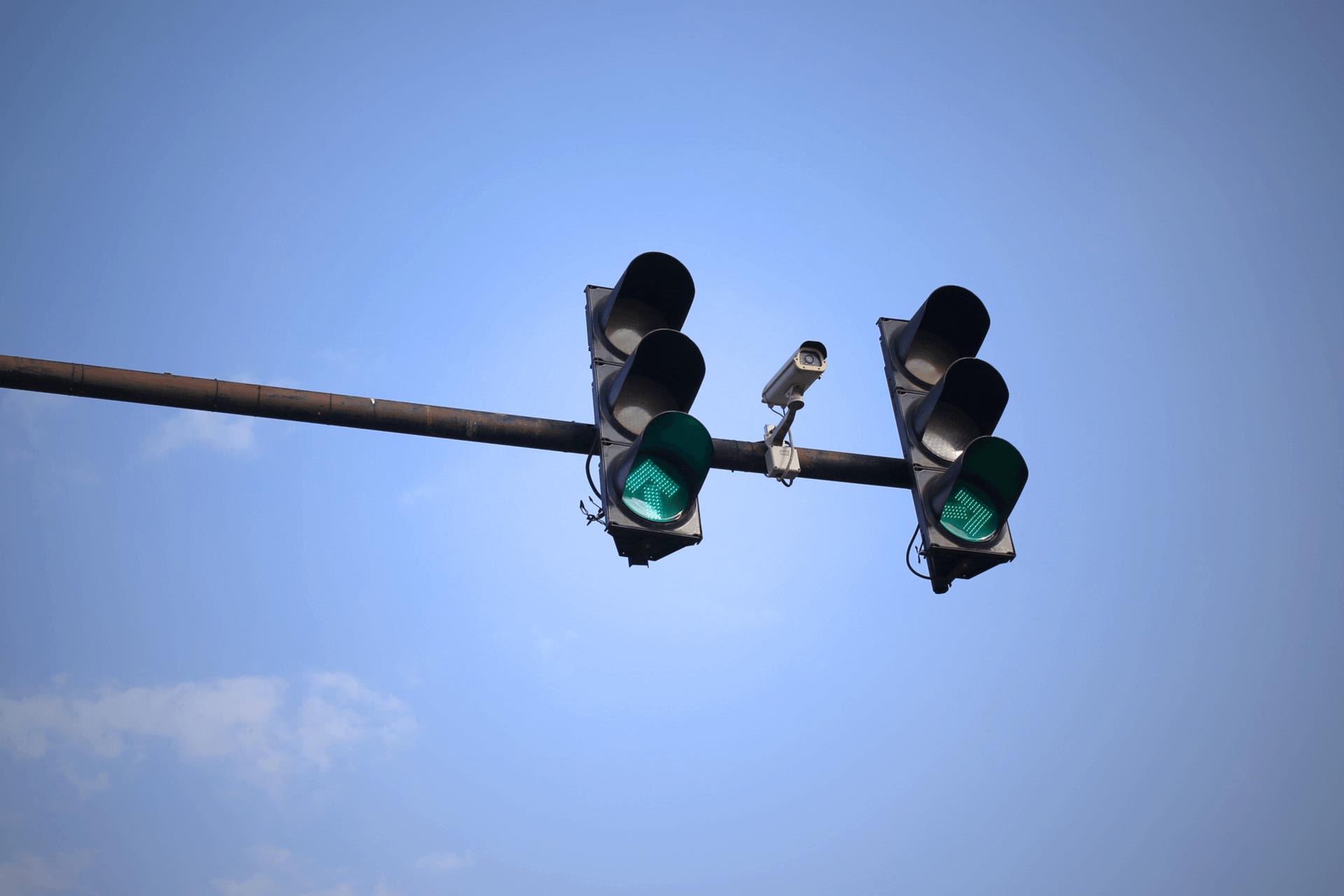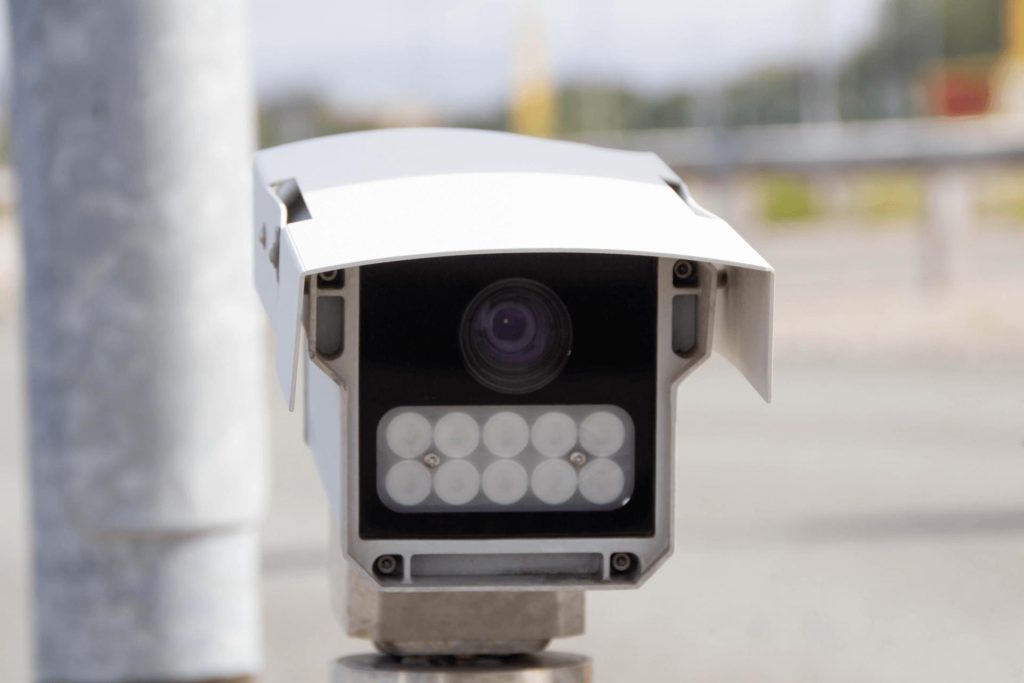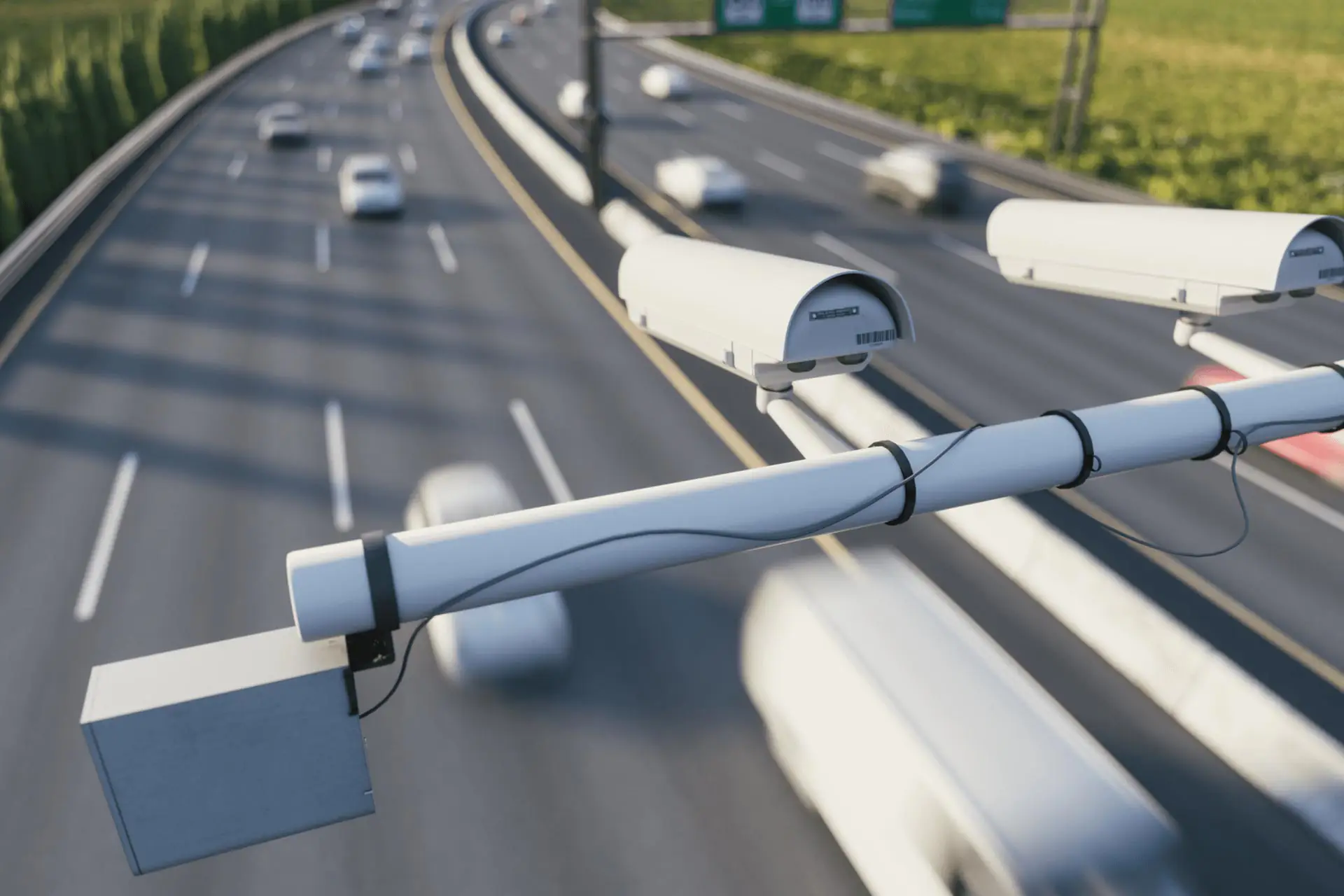First developed in the 1950s by a dutch rally racer, speed cameras have come a long way. All major cities in the world and cross-continent highways all over the globe have installed them to make roads safer, turning them into one of the most valuable tools for law enforcement. In the US alone, there are around 6,700-speed cameras.
But not all cameras at the service of speed enforcement are the same. Some were designed to make sure drivers don’t surpass speed limits, while others read license plates and gather information about drivers. Do you know which camera does what?
Red-Light Cameras

In most cases, red-light cameras have been installed on busy roads and at intersections with heavy traffic. Their purpose is to detect when drivers ignore a red light, snapping a picture at the exact moment the car passes. As you must already know, these cameras can issue tickets automatically, which will surprise drivers in the mail after a couple of weeks.
Speed Cameras

Speed cameras tend to be found on highways but can also be placed in residential areas with little traffic. They’re installed where most reckless drivers are sure to step on the pedal with no restraint. Their purpose is to detect cars going faster than allowed, and they usually operate radar detectors. They can issue tickets automatically.
Traffic Sensor Cameras

Usually installed on top of traffic signals, traffic sensor cameras can be easily spotted, as there’s no genuine attempt at concealment. But this type of camera doesn’t issue tickets, so there’s no real need to hide them. Their purpose is to monitor traffic flow and time red lights to avoid jams. These cameras don’t record footage, so they can’t be relied upon for speed enforcement.
Automated Number Plate Recognition Cameras

Finally, automated number plate recognition—ANPR—cameras are used for recording and keeping track of specific cars. These cameras can scan and pull up information linked to the license plate number, such as warrants, alerting officers of possible danger. Of course, they are not very popular with citizens, but they can certainly make a difference in making every patrol a little bit safer.
The Need for Speed Enforcement Cameras
Ever since 1995, when Congress handed over the freedom to every state to set its speed limit, speed enforcement has worked tirelessly to ensure every road and highway stays a safe place to drive. And it sure hasn’t been easy.
Nonetheless, motor vehicle traffic fatalities have decreased as time goes by. 1972 was, by far, the most dangerous year to drive around, as 54,582 traffic-related fatalities were recorded. For comparison, 36,096 traffic-related fatalities were recorded in 2019. We’re down to roughly the same numbers as back in 1936. So even if progress is slow, speed enforcement is working.
This article was brought to you by Kustom Signals, a leading provider of law enforcement, speed enforcement, and video solutions.

